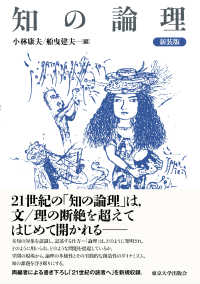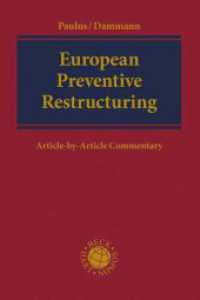Description
(Text)
Voices from Zoroastrian Iran is the result of an oral studies research project that maps the remaining Zoroastrian communities in Iran. Volume II covers the city of Yazd and surrounding villages where Zoroastrians continue to live. Most of the interviews recorded from this region are in Zoroastrian Dari and can be found at the SOAS ELAR website.As in Volume I, interviews included in this book cover a range of topics including views about the religion, what it has been to like to live as a member of a religious minority in Iran since the Revolution of 1979, and accounts of religious education, festivals, and ceremonies surrounding rites of passage. Elderly residents in the villages are a rich source of memories from earlier times, before younger people left the rural areas for the cities and emigration abroad became commonplace. These have been illuminated by colourful descriptions of village life in the 1960's contained in Mary Boyce's Notebooks (held at the Ancient India and Iran Trust, Cambridge). Her portrayal of shrines and fire temples, the gardens, flowers, trees, fruit and vegetables that were grown, and the way in which the land was farmed and water distribution was managed informs the interview summaries contained in Appendices A, and B. These shorter interviews were conducted in the form of a verbal questionnaire and give a more general insight into what is left of Zoroastrian village life today. A demographic survey of the Zoroastrian population of the Yazd Mahalleh, as well as maps of this area drawn in 2007 are included. A general overview of the Zoroastrian religion and society, together with an account of devotional life, is contained in Chapters 1-3 in Volume I and pertains to both books.The full, unedited interviews have been made available online in digitised format in the Endangered Languages Archive (ELAR) at SOAS (https://www.elararchive.org/dk0460/).






